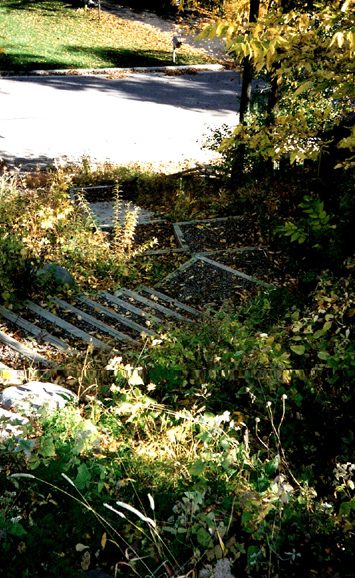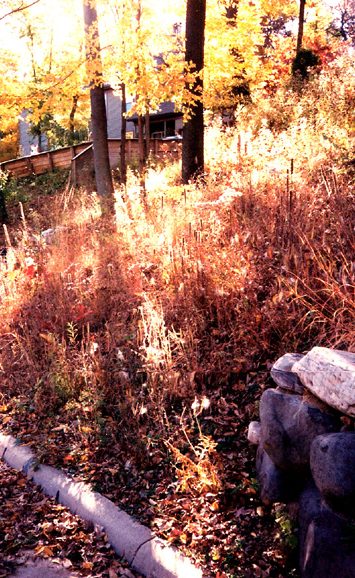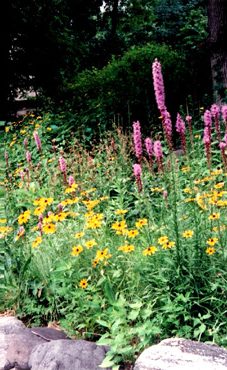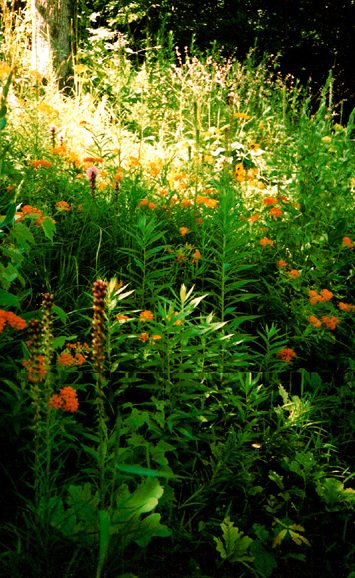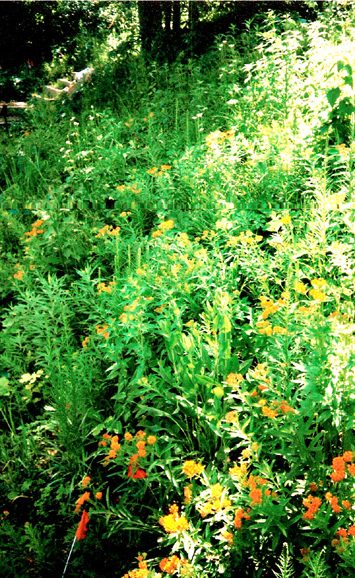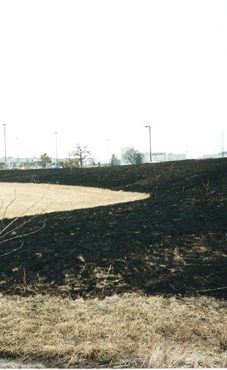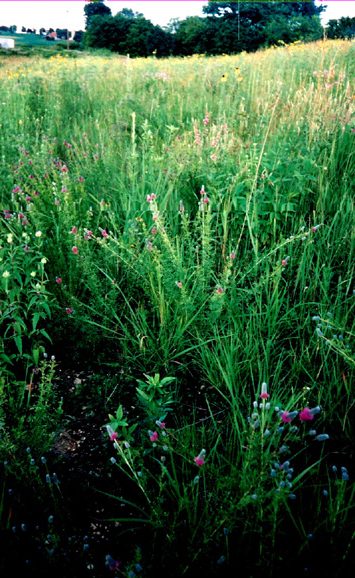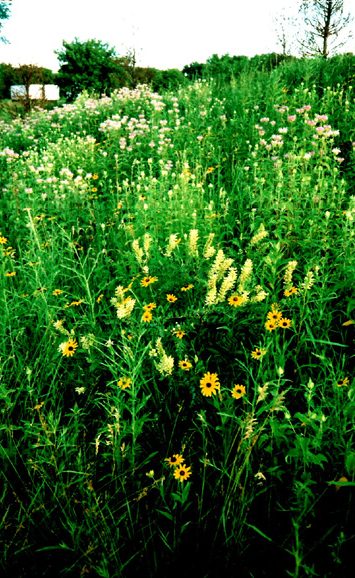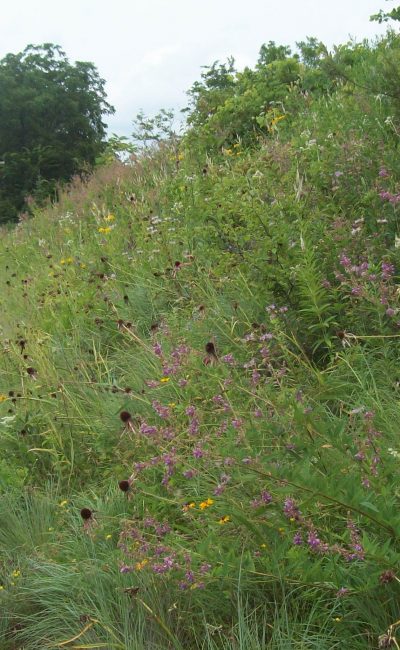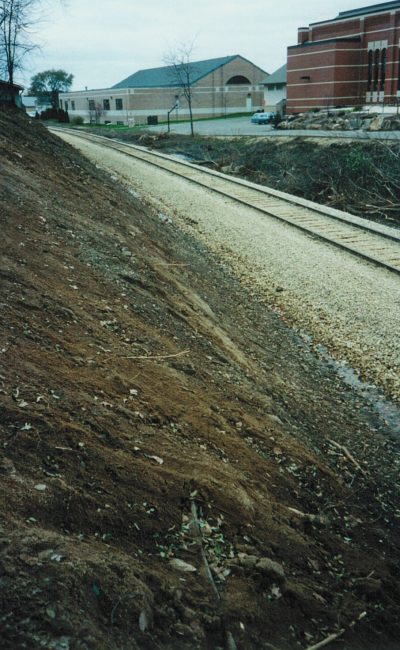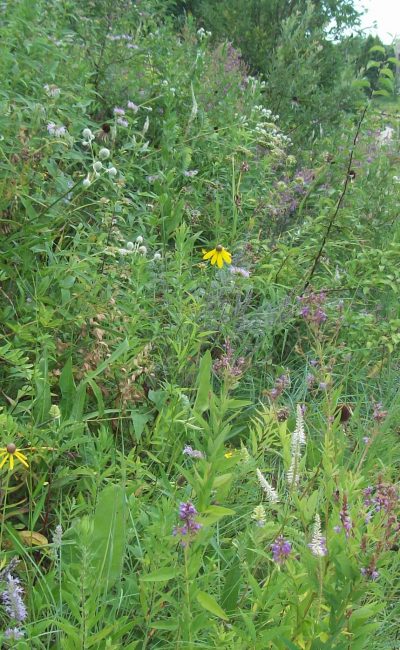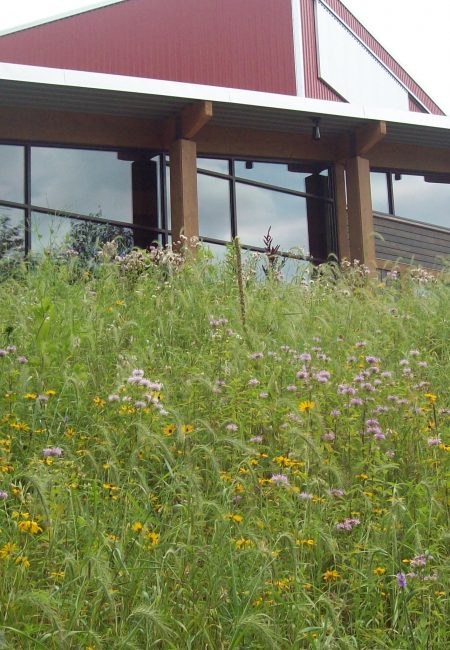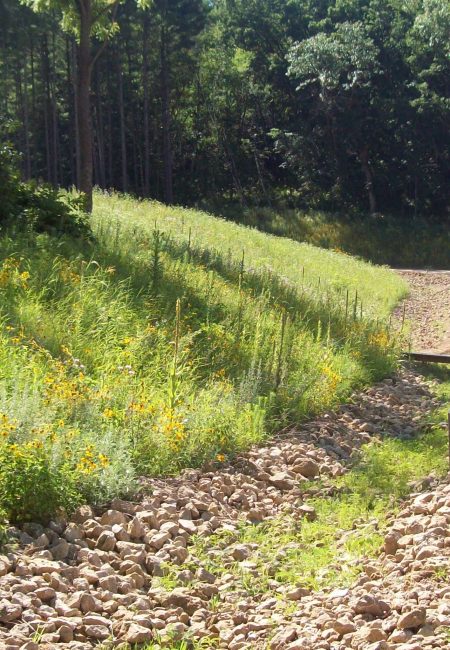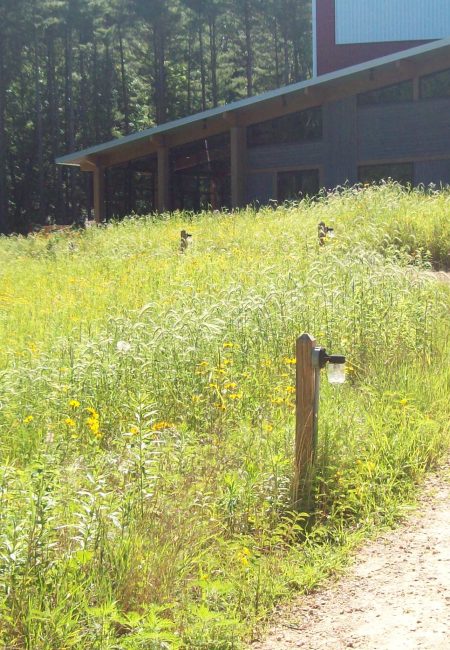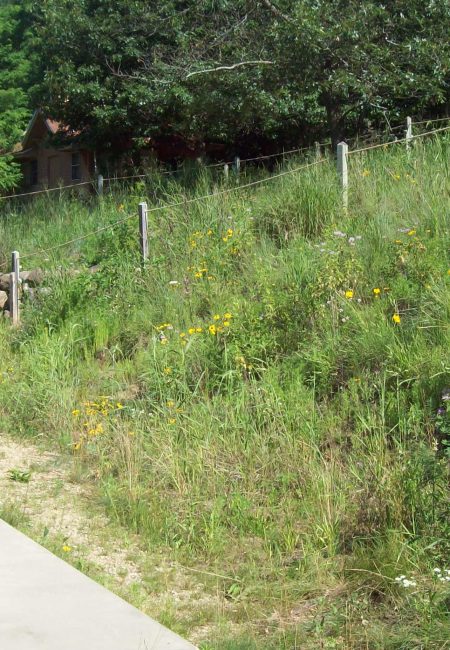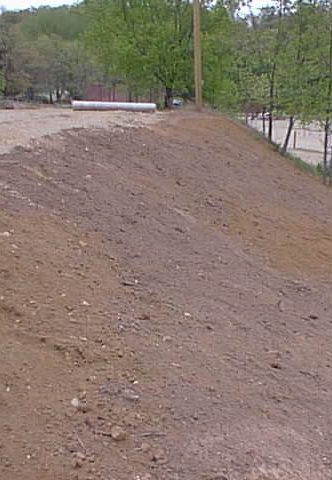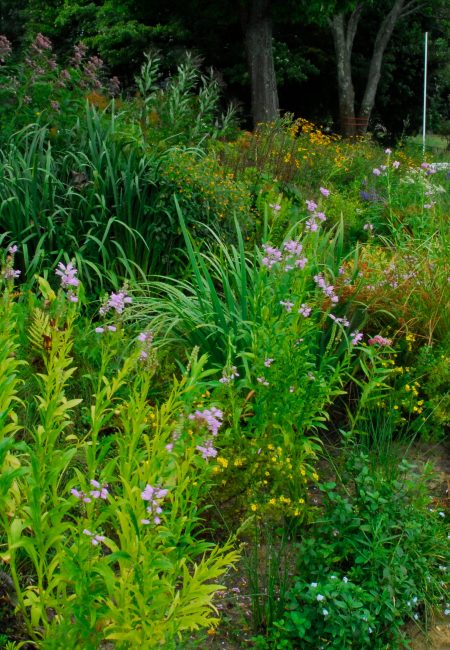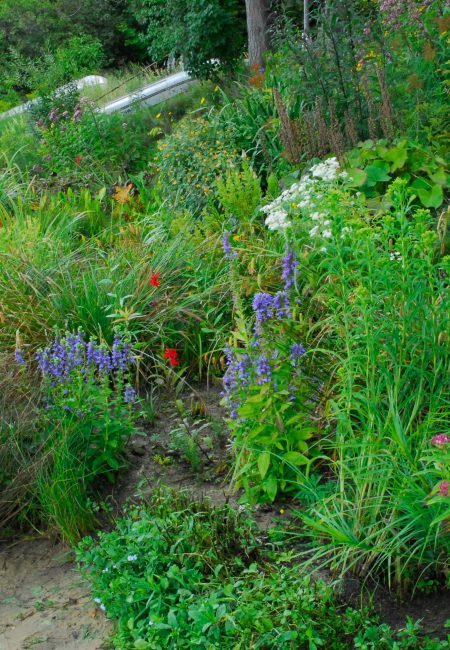ICES has designed and installed numerous native seed mixes and plantings in urban environments, melding the built environment with the natural and providing habitat for native insects and animals. Although utilizing native plants and obtaining a naturalistic feel, these restorations incorporate many of the basic elements of design, articulating the “English Garden” with a palate of native plants. Examples of Native Landscaping projects conducted by ICES include residential, commercial, and municipal settings in wooded and open contexts. Three projects are illustrated below in various seasons and stages of growth.
Residential
Commercial
Municipal
Non-Profits
Shoreline Restoration
Native landscaping is important for many reasons. For one, many horticultural plants used in traditional landscaping become naturalized, that is, they are able to spread through seeding and vegetative growth into natural areas. Some of these escaped plants become invasive, spreading rapidly and displacing native plants. These naturalized or exotic plants often have competitive advantages to native plants given that many commence growth earlier in the spring than natives, gaining a head start on usurping dominance and sunlight. It is also becoming understood that many invasive plants exude chemicals that hinder bacterial and fungal associations that many native plants require.
Insects evolve adaptations allowing them to eat specific species of plants, while being unable to eat most other plants. As a result, many exotic species arrive without their natural predators and therefore gain another significant competitive edge to native plants that are consumed by native insects. Perhaps more importantly, exotic plants therefore do not support many insects, a key link in the food chain. Most bird species rely on insects for their fledglings food souurce; mature birds of many species do as well. While butterflies may be seen nectoring on exotic plants, these plants do not assist the earlier stages of catapillar growth when plant material, not nector, is the critical food source.

